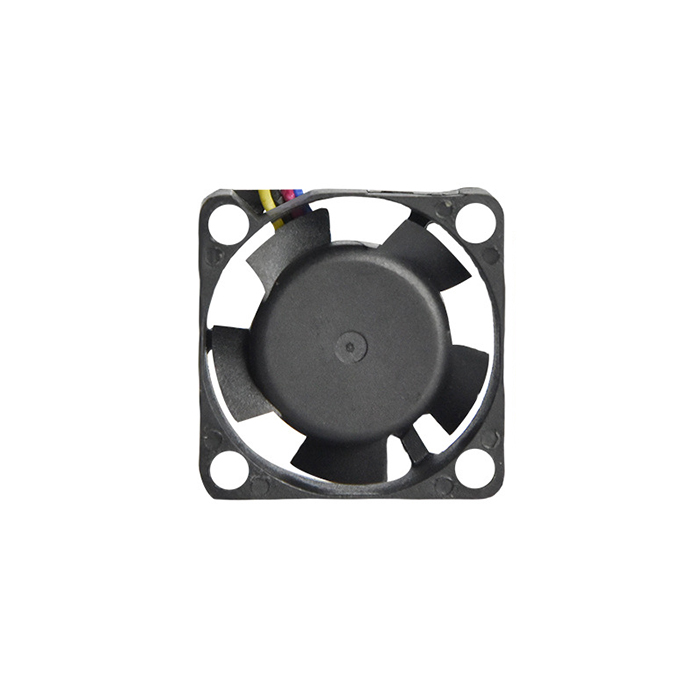AC fans are a commonly used cooling device, but they have low energy efficiency and are noisy. In this paper, we will analyse how to improve the energy efficiency ratio of AC fans so that they can reach or even exceed the energy saving effect of DC fans in applications such as heat dissipation, ventilation and air exchange.
The optimal design of the transducer is the key to improving the energy efficiency ratio of AC fans. The transducer is the core component of an AC fan, and its main function is to convert electrical energy into mechanical energy to drive the fan blades to rotate. Therefore, optimising the design of the transducer can improve the energy efficiency of AC fans.
Firstly, efficient transducer materials, such as ferrite materials with high magnetic permeability, can be used to improve the conversion efficiency of the transducer. Secondly, the structural design of the transducer can be optimised, e.g. by adopting a multi-pole magnetic circuit design to improve the flux density and conversion efficiency of the transducer. In addition, advanced magnetic materials and manufacturing processes can be used to improve the performance and reliability of the transducer.

Secondly, advanced control technologies, such as inverter control technology, can be used to improve the energy efficiency ratio of AC fans. Frequency conversion control technology can automatically adjust the rotational speed of the AC fan according to the actual demand of the equipment, so as to achieve the purpose of energy saving and noise reduction. In addition, intelligent control technology, such as fuzzy control technology, can be used to improve the control precision and stability of the AC fan.
Finally, efficient heat dissipation technologies, such as heat pipe cooling technology, can be used to improve the energy efficiency ratio of the AC fan. The heat pipe cooling technology can quickly transfer the heat generated by the AC fan to the heat sink, thereby reducing the temperature and power consumption of the fan. In addition, advanced heat dissipation materials and manufacturing processes can be used to improve the heat dissipation performance and reliability of the heat sink.
In summary, by optimising the design of the transducer, adopting advanced control technology and efficient heat dissipation technology, the energy-efficiency ratio of AC fans can be improved so that they can achieve or even surpass the energy-saving effect of DC fans in applications such as heat dissipation, ventilation and air exchange. At the same time, the AC fan has a wide range of applications, simple structure, easy maintenance, especially suitable for high temperature or odour industrial production workshops, such as chemical factories, textile factories, electronic factories, machinery factories, garment factories, injection moulding factories, hardware factories, shoe factories, ceramics factories, electronic home appliances, Internet cafes and other types of factories and workshops, as well as flower greenhouses, aquaculture, and other places of the comprehensive cooling ventilation and air exchange.